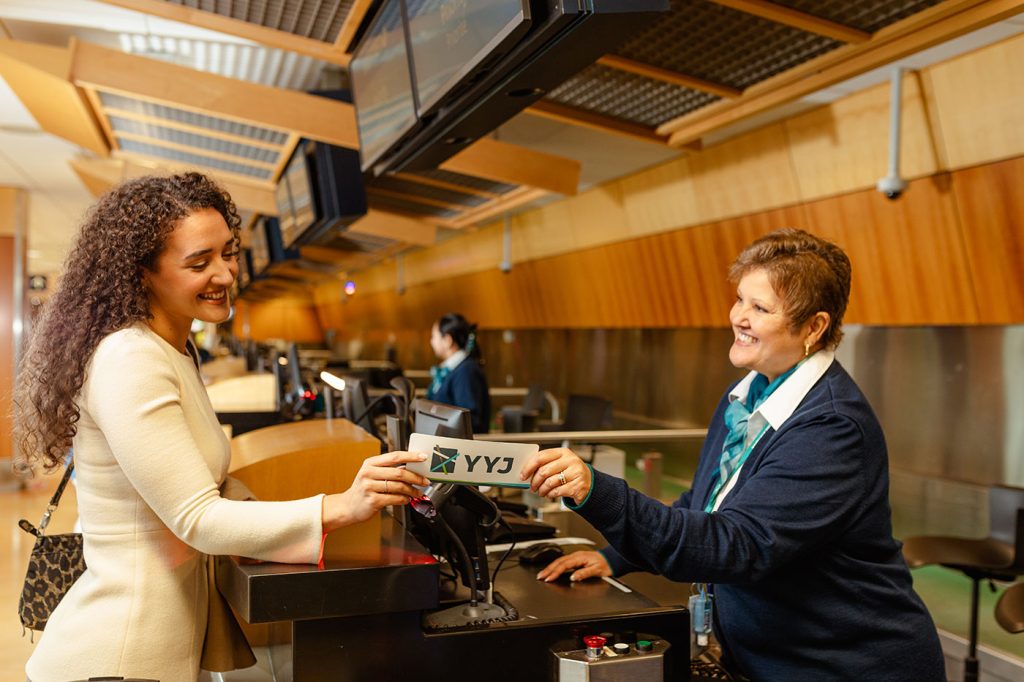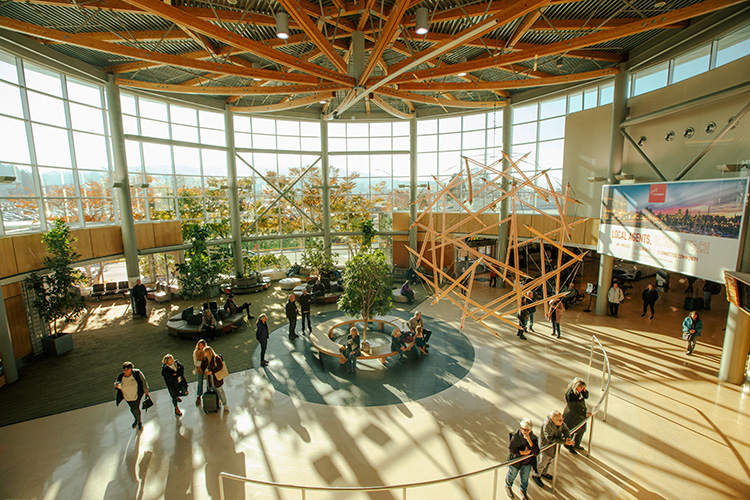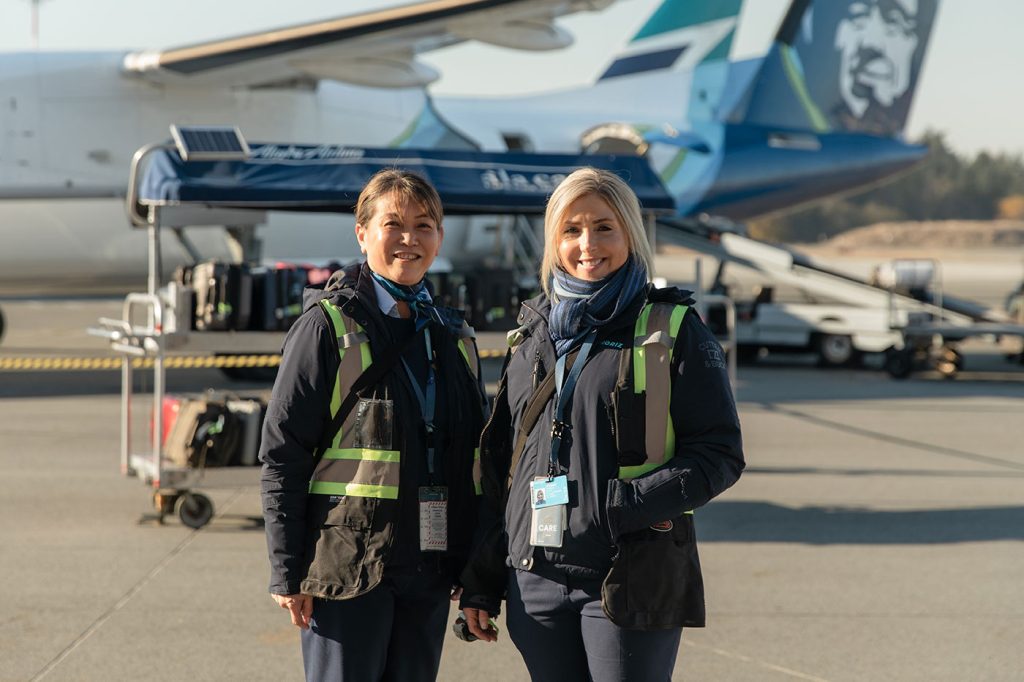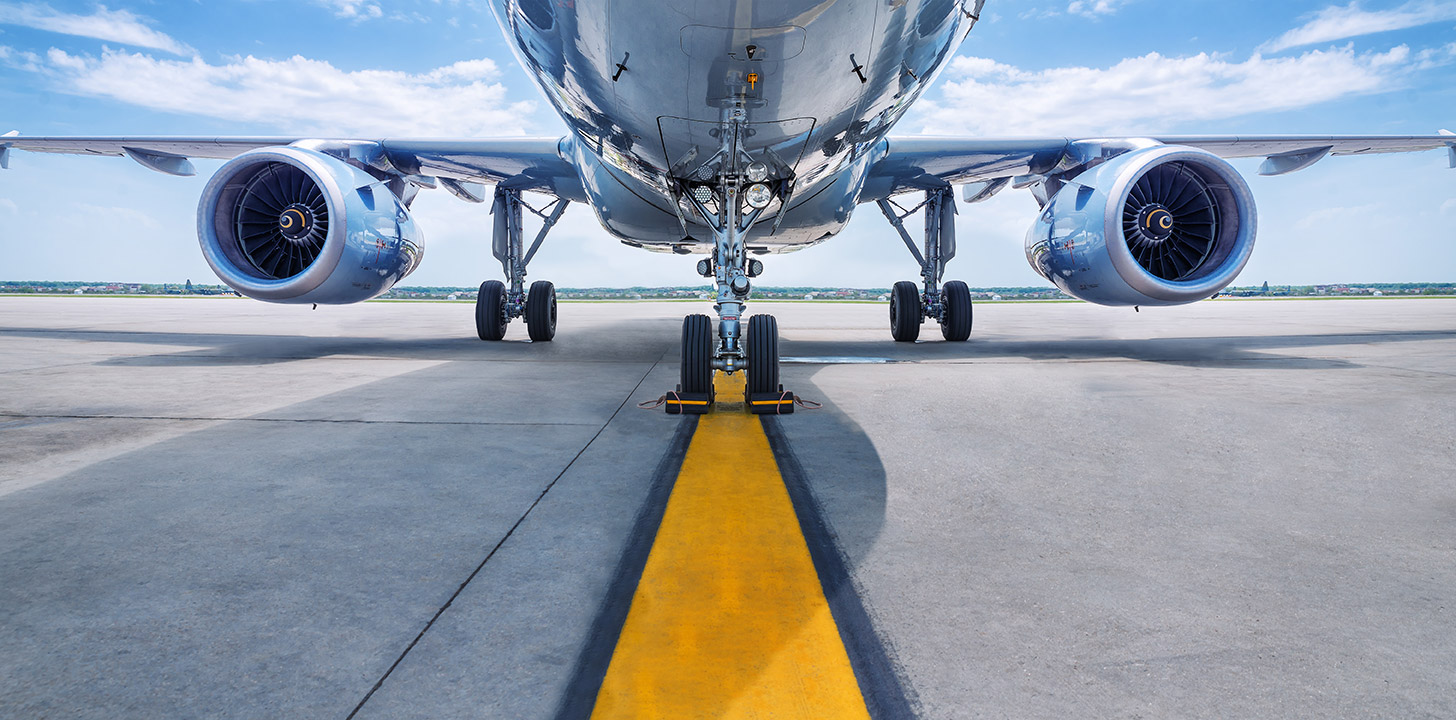Submit Noise Inquiry
Victoria Airport Authority (VAA) coordinates noise mitigation for aircraft operating to and from Victoria International Airport (YYJ) within a 10 nautical mile radius of the Airport except where such noise is related to aircraft enroute operations. Aircraft flying over YYJ, or beyond this 10 nautical mile range, are outside the scope of the VAA’s program.
Please note that Victoria Airport Authority does not have jurisdiction over military operations at the airport. The Department of National Defence can be reached at 250-363-5443 local 51081.
Noise FAQs
Drones
Operations at YYJ
Regulatory Regime
The Circuit
Military Operations
Current Noise Advisories
None.
Noise Complaint Form
Noise Impacted Areas
The Noise Exposure Forecast (NEF) – PDF is the officially recognized metric used in Canada for airport noise assessment.
The NEF calculates the sound generated by individual aircraft types expected to operate at the airport, and adjusts for the number of operations that are forecast to occur. Due to the higher social impacts of night time noise, aircraft movements at night are factored to have 16.7 times the impact of daytime movements. These contours designate areas of equal noise exposure and thereby provide information to assist in planning for compatible land uses. Since the computer-generated result is a compendium of factors, it cannot be directly related to measured noise.
Generally, three contours are generated to delineate areas of individual noise ranges (greater than NEF 40, NEF 35-40, and NEF 30-35). At extended distances from aircraft flight paths, ambient noise levels typically dominate.
Noise contours, in conjunction with a set of guidelines, are to be used to encourage compatible land use in the vicinity of the airport site.
The Transport Canada guidelines, Land Use in the Vicinity of Airports, 8th Edition, 2005, provide community response predictions by noise contour ranges. VAA shares both the guidelines and the NEFs with local governments to assist in land use planning around the airport.







